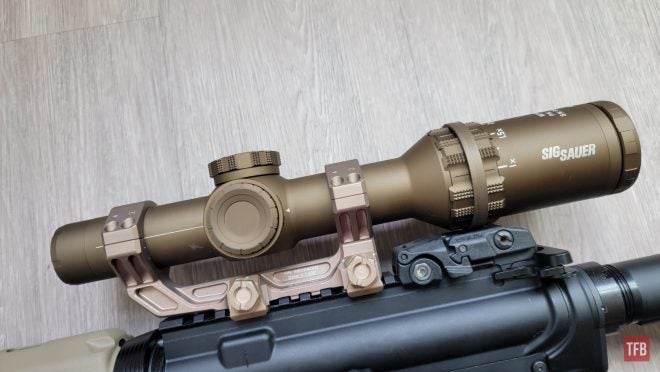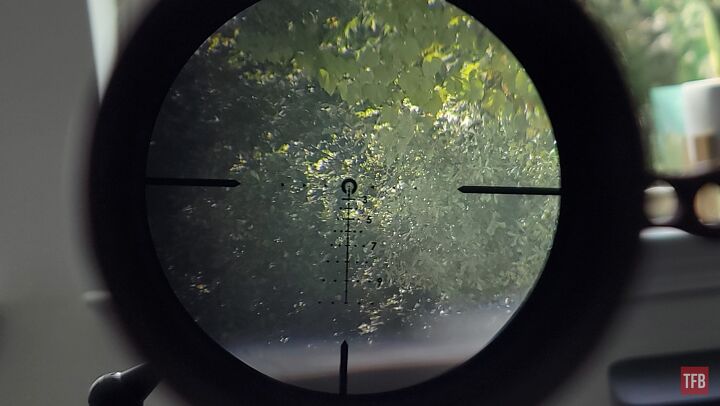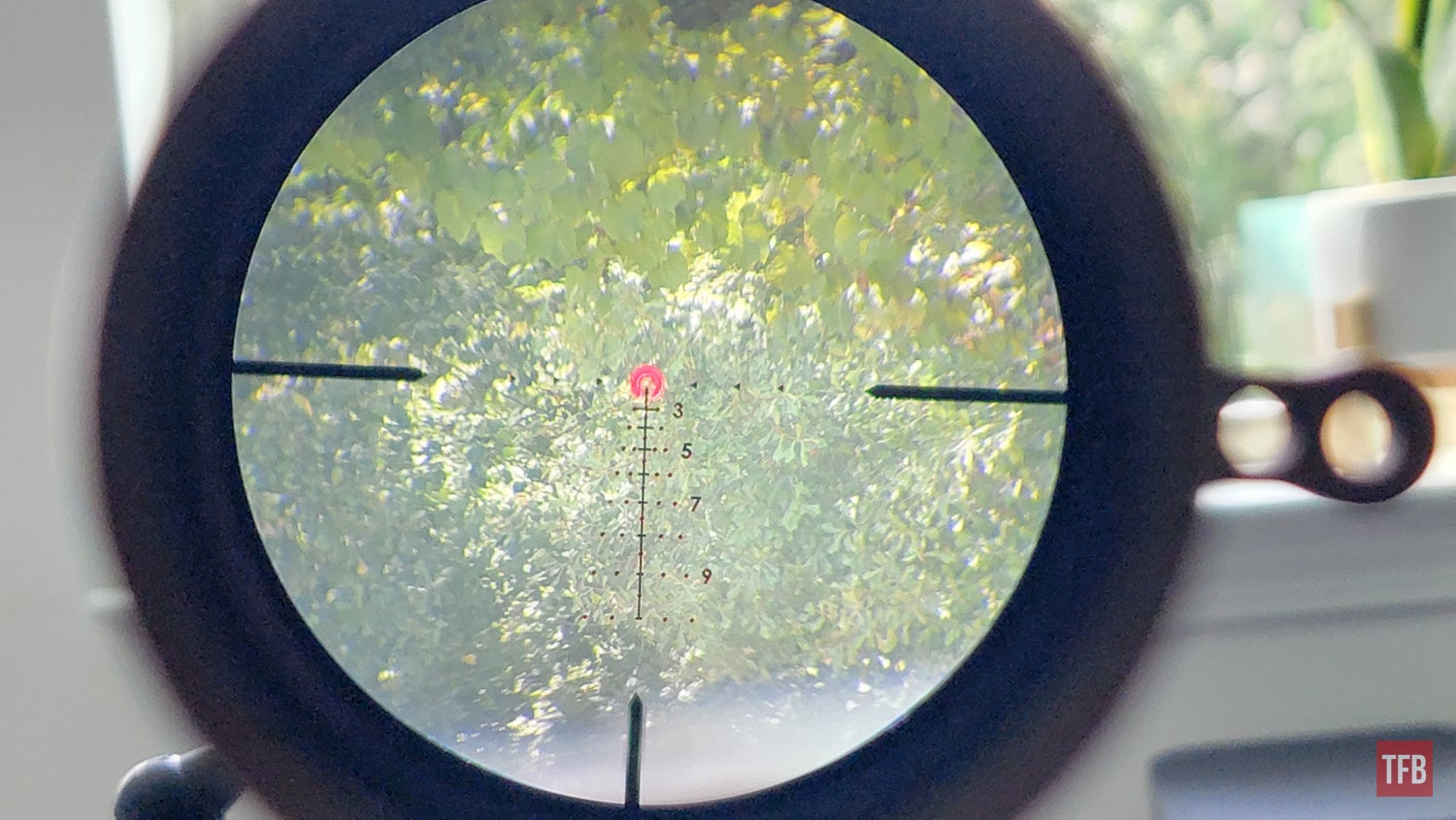Over the last half-decade, Low-Power Variable Optics (LPVO) have exploded in popularity. Although the ever-popular red dot and magnifier combo still remains popular and perhaps a favorite for many, there is no disputing the LPVO platform has many advantages and unique capabilities and applications with regards to shooting. SIG Sauer invited me out in November of 2020 to tour their facility in Oregon and during my time there I was able to get a look at their full lineup of electro-optics including the yet-to-be-released TANGO6T LPVO. Since then, I’ve been rigorously testing my TANGO6T as well as a few other TANGO6T models I’ve encountered out in the wild, and today I’ll share with you my experiences with the relatively new contender to the LPVO market.
SIG Sauer Optics @ TFB:
- SIG SAUER Releases New Buckmasters Model Optics
- Friday Night Lights: SIG Echo3 Thermal Reflex Sight
- [SHOT 2021] SIG Sauer ROMEO7S & JULIET3 Micro
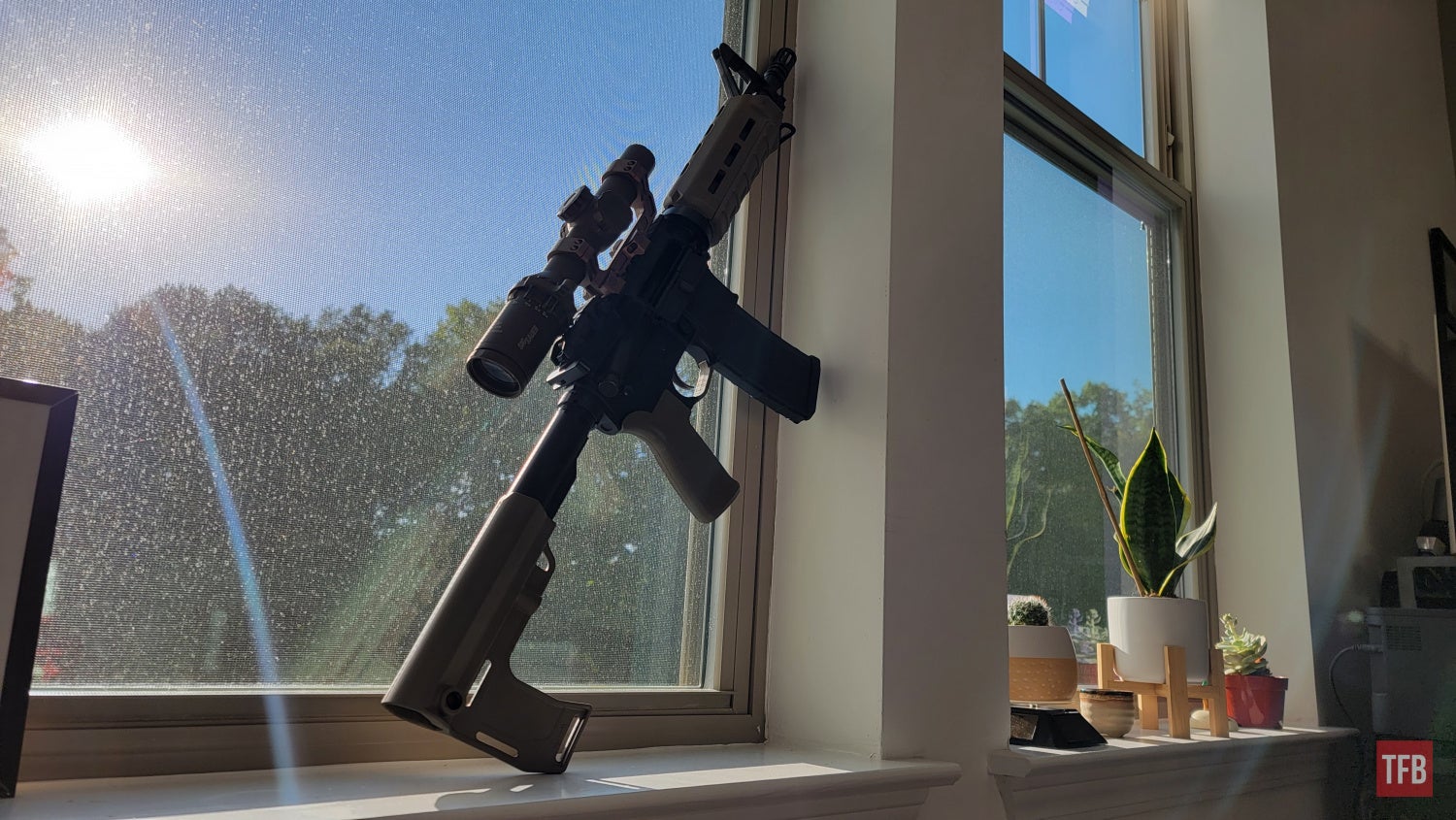
TFB Review: SIG Sauer TANGO6T 1-6x24mm LPVO
The TANGO6T was developed specifically to meet the demands and requirements of the US Army’s need for a squad-level designated marksman system. The result of this need was the pairing of the HK M110A1 SDMR and the TANGO6T LPVO. As part of the requirements the US Army set out, SIG’s optic had to be durable, feature a First Focal Plane (FFP) reticle, and eventually would require the employment of a BDC reticle – the version with the BCD reticle also happens to be the one I have for review and is now issued to snipers and designated riflemen and features what SIG calls the DWLR6 Reticle. Commercially, however, the TANGO6T is offered in multiple configurations and you can find a full listing of reticle styles and provisions for both MOA and MRAD on the SIG Sauer website. But what comes with my specific model number (SOT61239)?
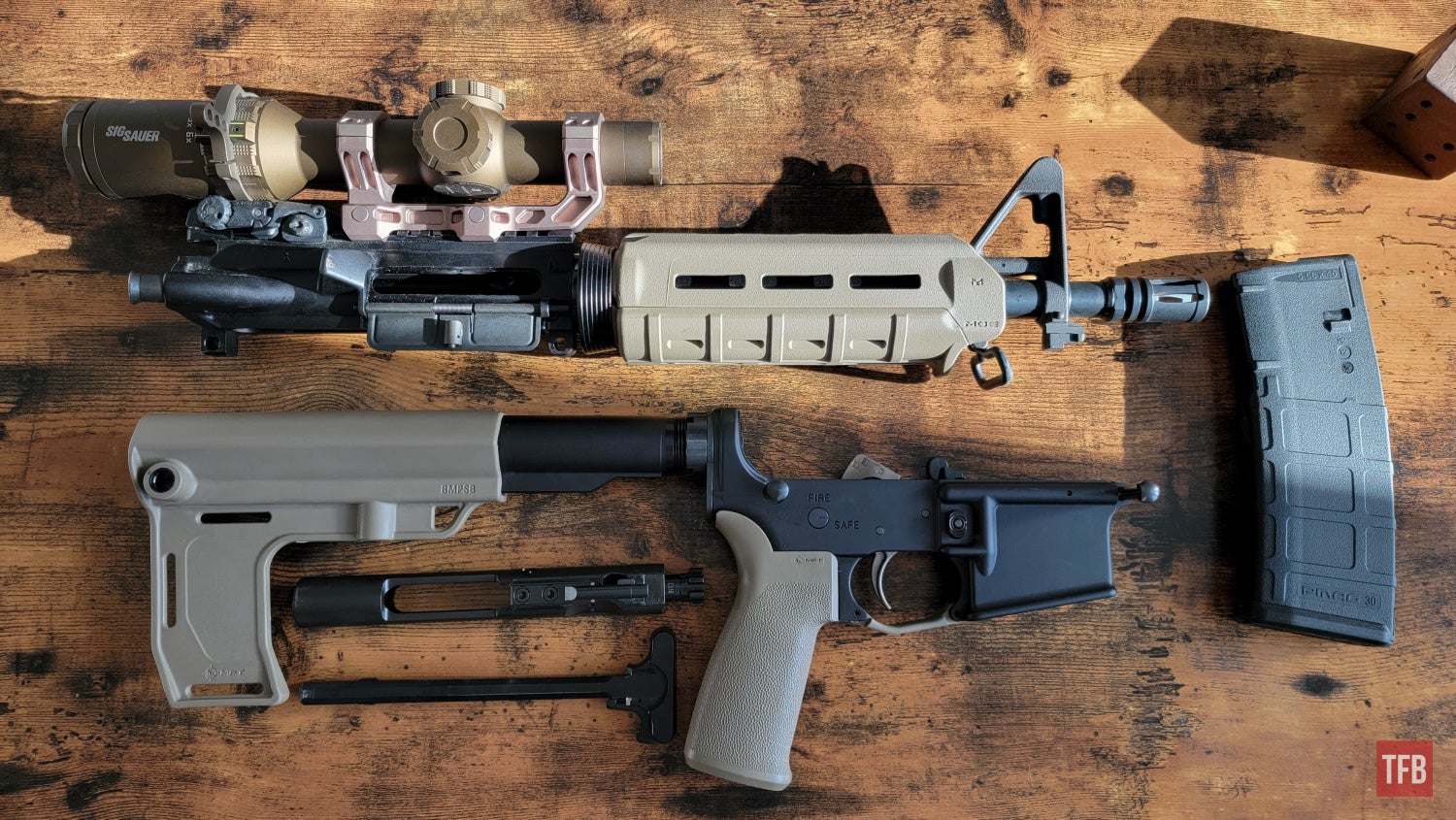
TANGO6T 1-6x24mm FFP LPVO – SOT61239 Technical Specifications:
- Objective Lens Diameter 24 mm
- Magnification 1 – 6 x
- Reticle DWLR6 Illuminated Reticle
- Tube Diameter 30 mm
- Reticle Focal Plane First Focal Plane (FFP)
- Exit Pupil 4 – 11.4 mm
- Battery Type CR2032
- Battery Quantity 1
- Field of View, Linear 17.7 – 105.8 ft at 100 yds
- Eye Relief 4.1 in
- Diopter Adjustment Range -2.5 – 2.5 dpt
- Color Flat Dark Earth
- Weight 22.1 oz
- Brightness Settings 11
- Adjustment Type Mil Rad
- Adjustment Click Value 0.2 Mil Rad
- Parallax 150 yds
- Lens Material Glass
- Attachment/Mount Type Ring
- Weather Resistance Yes
- Water Resistance Level IPX-8
- Finish Matte
- Included Accessories Battery, Lens covers, Wrench, Manual, Cloth
- Magnification Type Variable
- W/E Travel at 100 Yds 31 Mil Rad
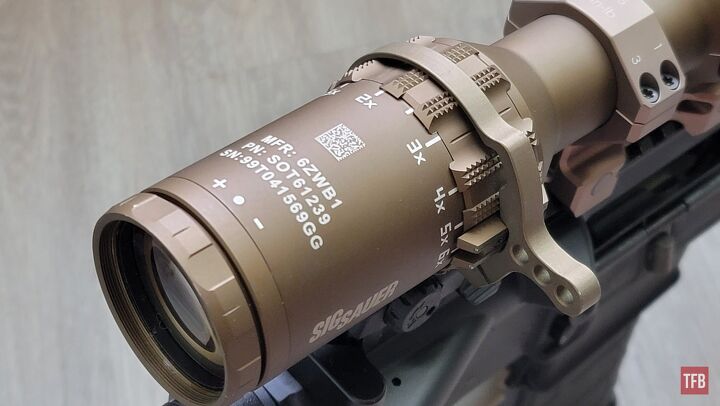
Most of my experience with LPVOs comes from using my Trijicon TR24G LPVO. The TR24G has similar characteristics and applications to the TANGO6T but also comes with the reputation of being one of the best if not the best LPVOs on the market. Both optics are durable, weather-resistant, and come from companies with outstanding reputations for making US-made optics. Over the course of the last 8 months, I have had plenty of time to play with the TANGO6T and I think there is a strong possibility that I might have a new favorite optic and also a strong possibility that I’ll have a new build to base around just the optic alone (more on that later). For now, let’s dive into what my experiences were with the optic so far.
TANGO6T – Experiences
Most of my testing was done in the heat of the summer and before that, I only had limited time to run the optic in the cold. However, I did notice one thing that held over from both seasons and that is the coatings on the lenses that help prevent them from fogging up. This oleophobic coating gives the TANGO6T superior fog resistance when transferring from inside a car or building to the outside and vice versa. The coating has held up through all of my testings which included two particularly dusty environments where I felt I might have had to clean the lenses but never had to. In addition, the matte FDE coloring of the optic made the sun glare off the scope body a non-issue.
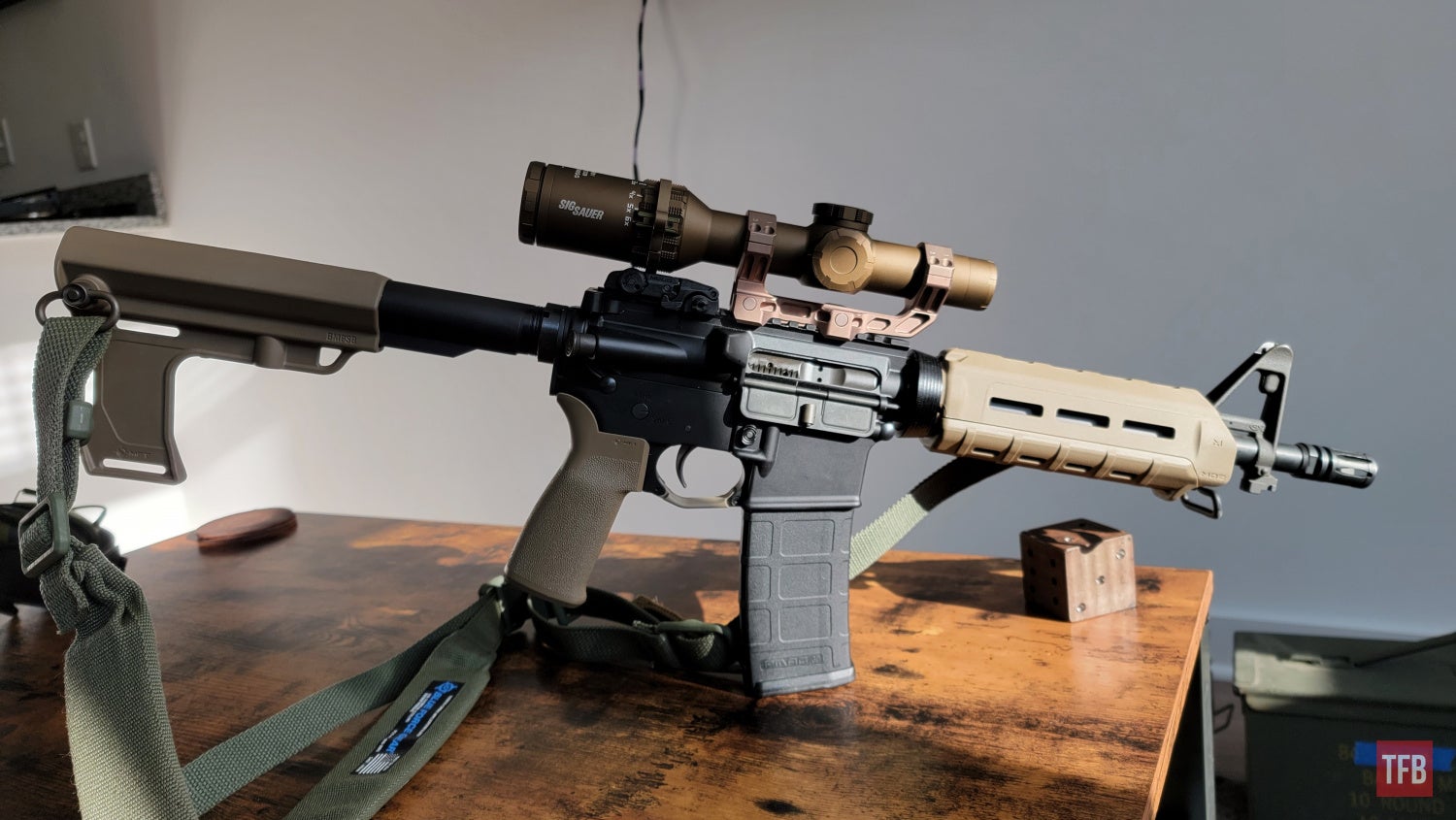
The TANGO6T included a pre-sized throw lever which made for very easy magnification adjustments and the optic I received also came pre-mounted in a 30mmx1.535″ mount (SIG P/N: WSOA40203). This mount does something I have been wanting optics manufacturers to do for a long time – list the in/lb torque specs right on the body so there is no question as well as lines indicating proper leveling of the scope to the mount. If you’re out in the field or back in the armory, I don’t see any negatives about this feature and It’s something I hope more optics manufacturers choose to do in the future.
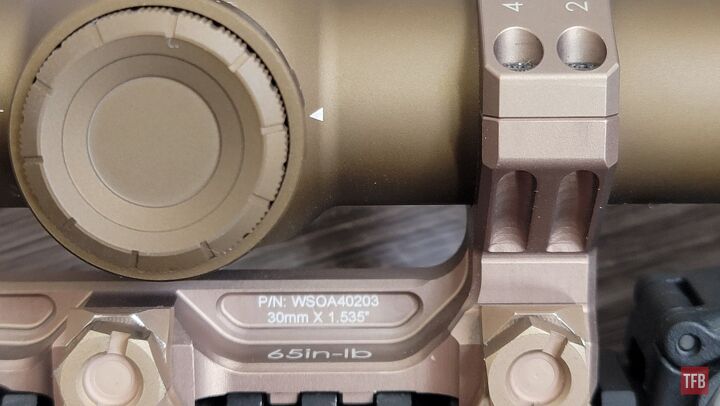

These markings are invaluable for those that don’t like to read manuals.
With the WSOA40203 mount, the TANGO6T sits just high enough to be mounted with a Magpul BUIS underneath the magnification adjustment with the throw lever on it. Unfortunately, the combination is made somewhat moot by the fact that I don’t have the optic in a QD mount, however, this option is there for those that like to have it.
For those that are concerned about weight, the TANGO6T probably isn’t your best option. The optic weighs in at 22 ounces without the mount and this is slightly heavier than the Vortex Razor HD GEN III 1-10 LPVO and about 8-ounces heavier than the 1-4 TR24G from Trijicon. You’ll have to decide on your own whether this is a sticking point for you and your specific application – for me, not really an issue since I am not hauling the optic on patrol with me on a daily basis.
Glass Quality, Reticle, Adjustments, and Durability
The view through the optic is phenomenal, the glass clarity is on par with every other high-quality LPVO I’ve shot with and doesn’t suffer from any of the pitfalls you’d commonly find on other LPVOs. Most notably the lack of edge distortion on any of the magnification settings was a standout to me that you’d typically run into on a cheaper optic. Maybe not the biggest deal for some of you but some other die-hard shooters like fellow writer Austin Rex will accept nothing less than the clearest glass on his firearms. The optics DWLR6 (Dual Wind holds Long Range 6X magnification) reticle is intended to be used with a 175-grain match M118LR loading but seeing as I didn’t have access to such a build I went with what I had.
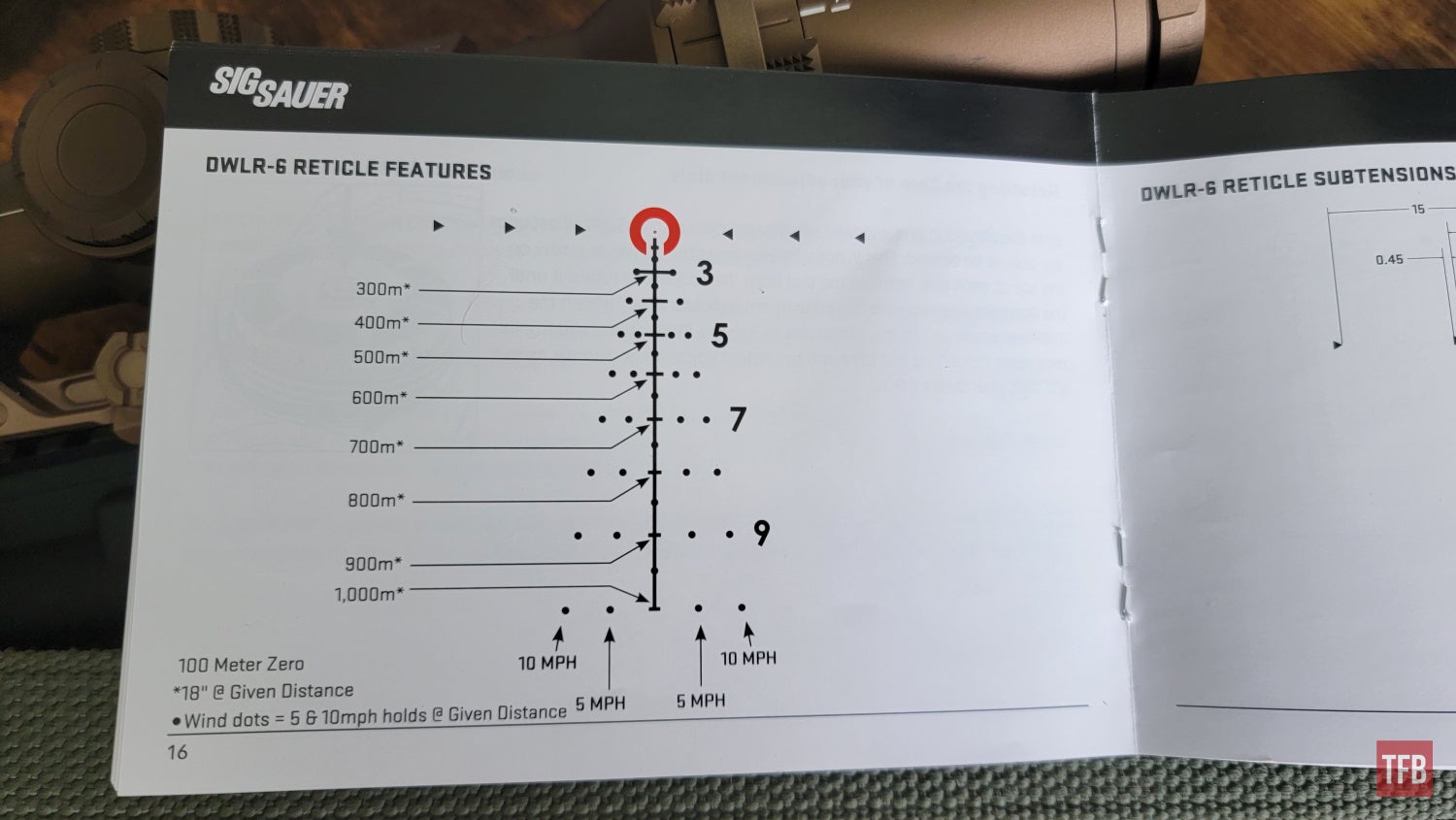
Although the specific caliber is not mentioned in the documentation, SIG features a full two pages of the features and subtensions for the TANGO6T’s DWLR-6 reticle.
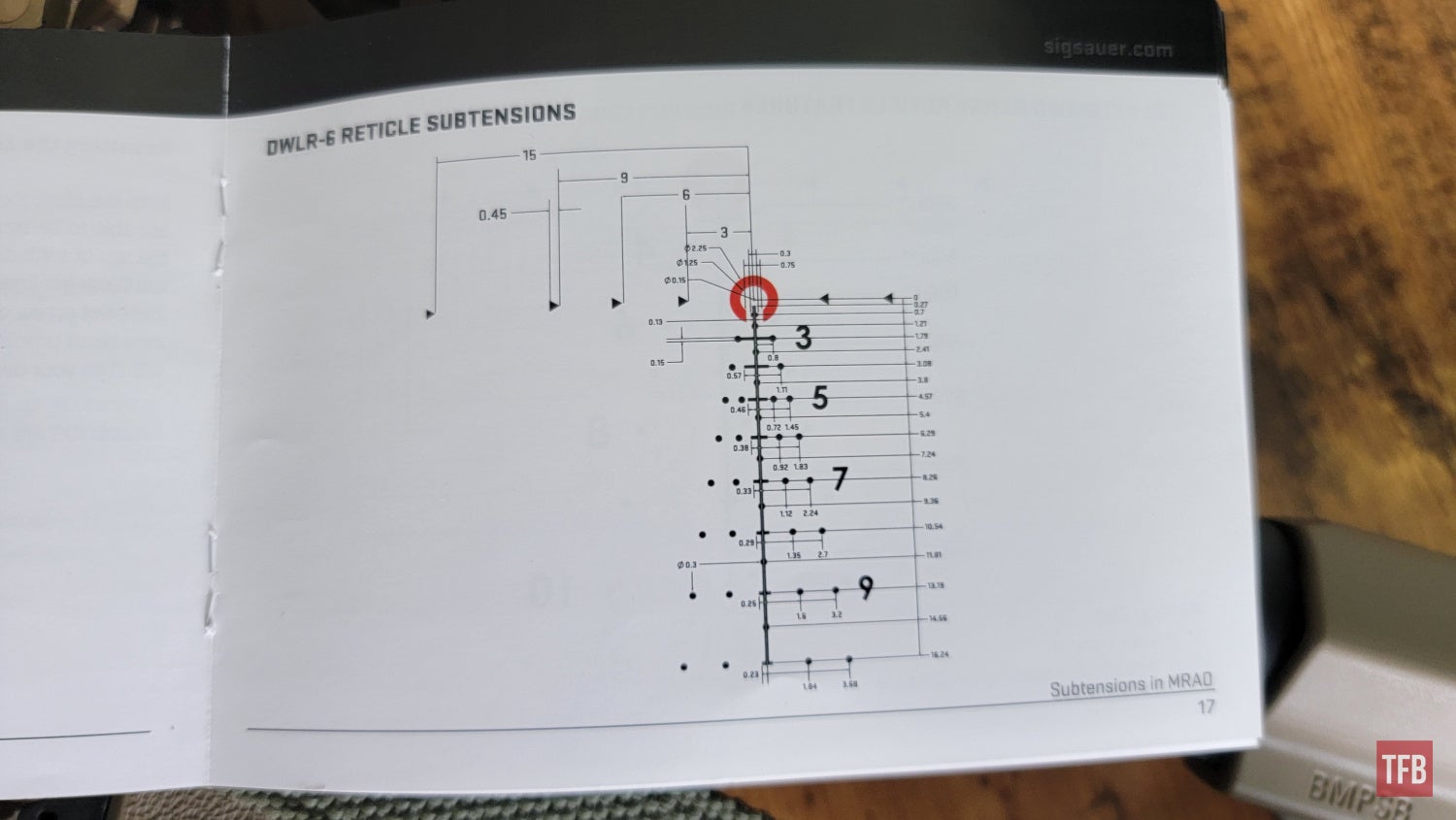
The hold markings are nearly impossible for me to see on the lowest magnification settings but the optic is more than useable on the 1x magnification setting and gives you a true 1x view. Despite the lack of hold over markings being seen at a lower magnification level, the illuminated circle dot becomes key in bright environments and really helps you get off some precise shots without needing to dial in the power. I can see how this would come into play in a very bright desert environment where a designated marksman needs to make a quick response to a more distant threat – for my uses, however, it was just nice that I didn’t have to strain my eye to see the dot on a brightly lit target.
- Illuminated
The windage and elevation adjustment knobs are hand adjustable but are somewhat hard to adjust without counting your clicks as the threading for the protective caps separate the indicator line from the knob ticks by about an eighth of an inch meaning you don’t have a visual readout on where your zero is set. This may not be a problem, however, as the optic is meant to be zeroed in at 100-yards and just left at that – the caps are held in place by some very thick rings that not only keep the caps secure but also prevent moisture and dust from entering the setup.
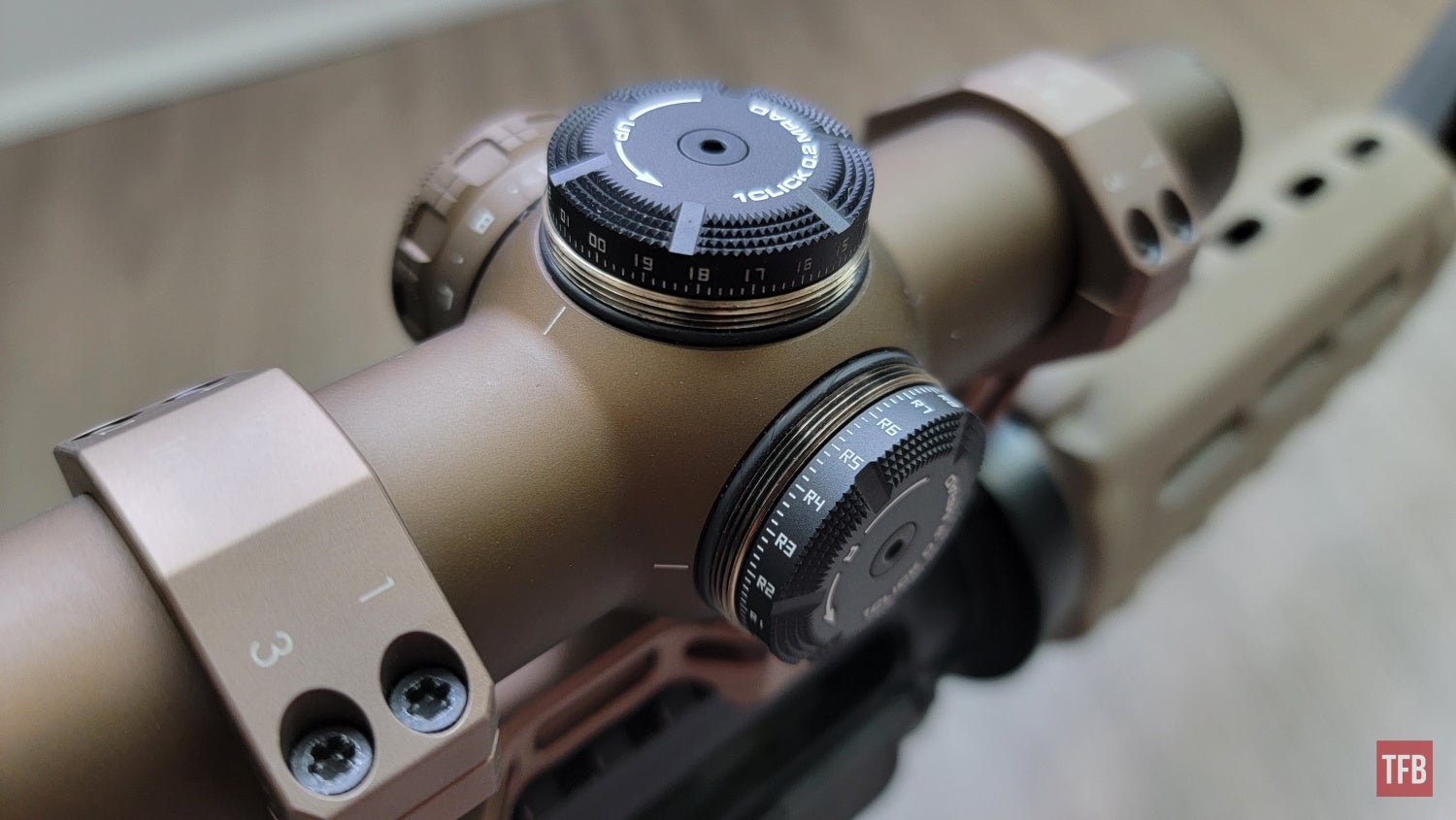
Finally, the optic did track very well throughout my adjustments and I don’t feel like that should be a surprise to anyone. Even throughout an entire bumpy cross country trip in a poorly loaded trailer, and many trips to and from the range and being bumped around in the gun safe, the optic never lost zero and the scope body still looks nearly as good as it did the first day. SIG Sauer tests all of their optics in a small booth that simulates everything from specific recoil impulses all the way up to hard drops and bumps from multiple angles – suffice it to say I wouldn’t expect SIG to let anything out the door that wasn’t durable enough to survive field use.
Final Thoughts
I am very pleased with the TANGO6T and I’m sure that United States Army is as well. SIG has managed to come out with a solid LPVO that provides not only the demanding capabilities required by the U.S. Military but also gives its shooter a solid piece of kit that can help them reach out reliably to further distances. Full disclosure, I was unable to shoot the rifle under its prescribed barrel length and caliber conditions but that is something I am actively in the process of remedying now by attempting to build something at least close to the HKM110A1 rifle so I can really stretch the legs out on the TANGO6T. Despite not having the intended experience, I can still appreciate the TANGO6T for what it is – a solid military-grade LPVO that won’t let you down.
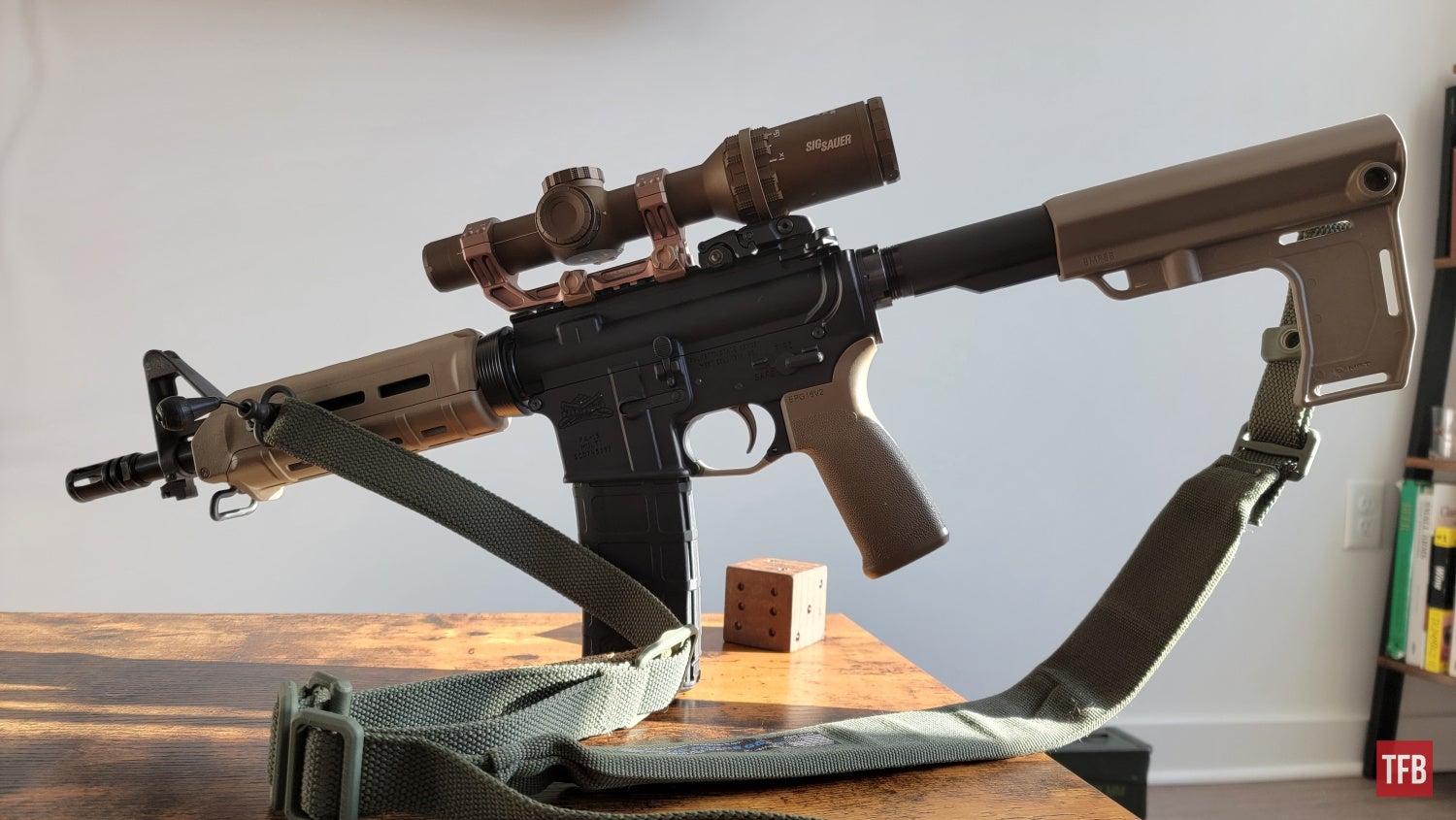
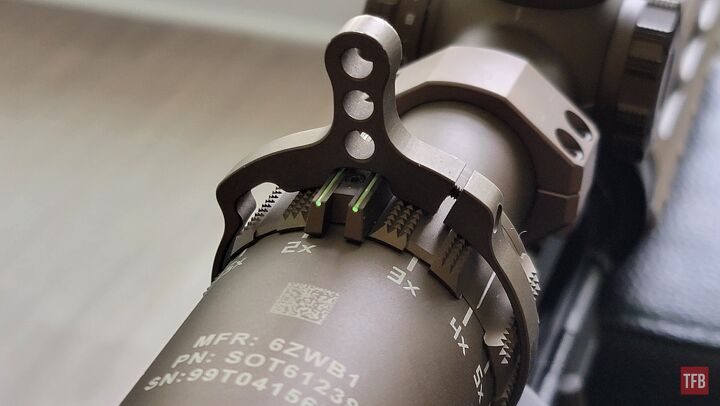

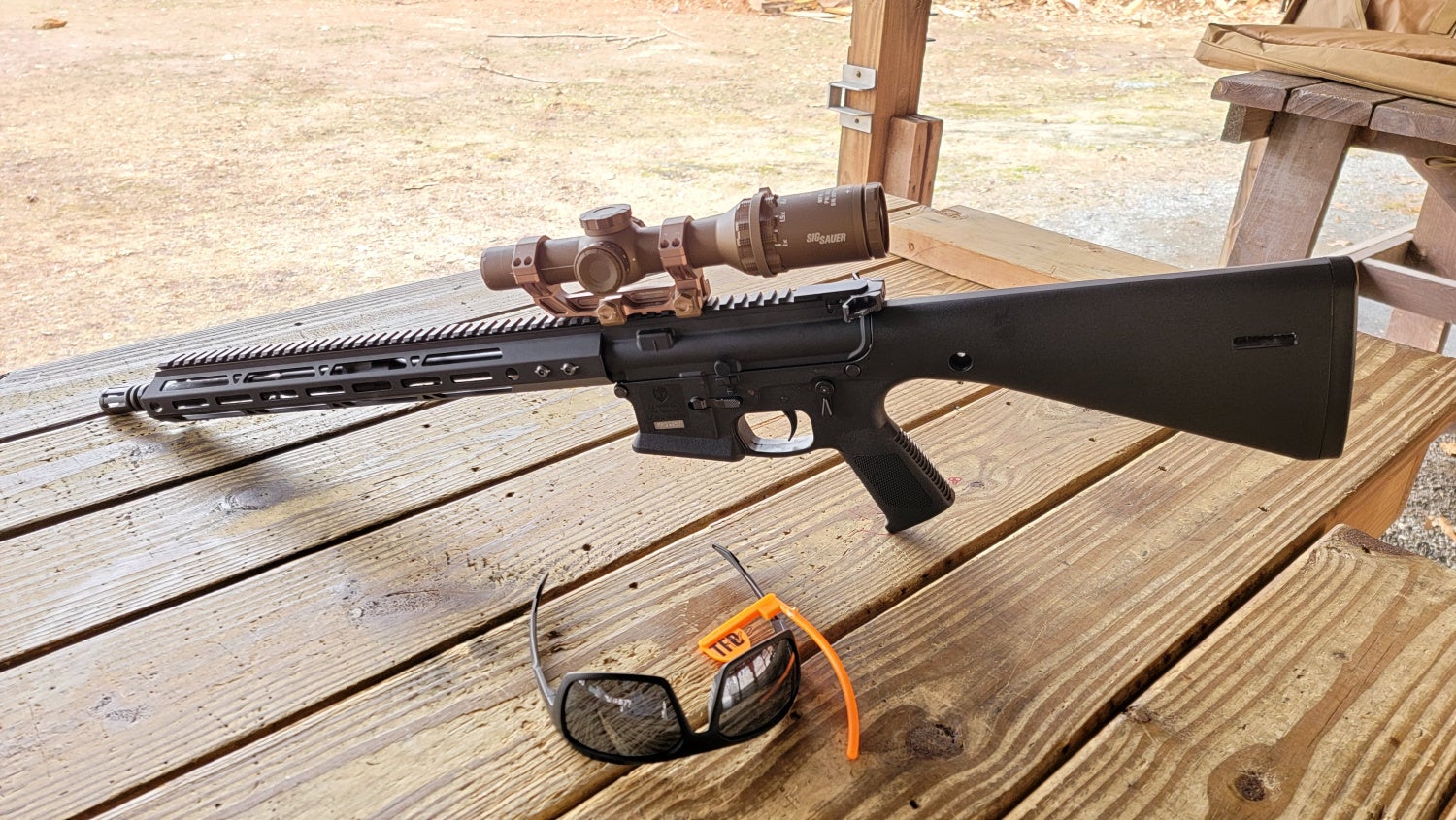
We are committed to finding, researching, and recommending the best products. We earn commissions from purchases you make using the retail links in our product reviews. Learn more about how this works.
 Your Privacy Choices
Your Privacy Choices
